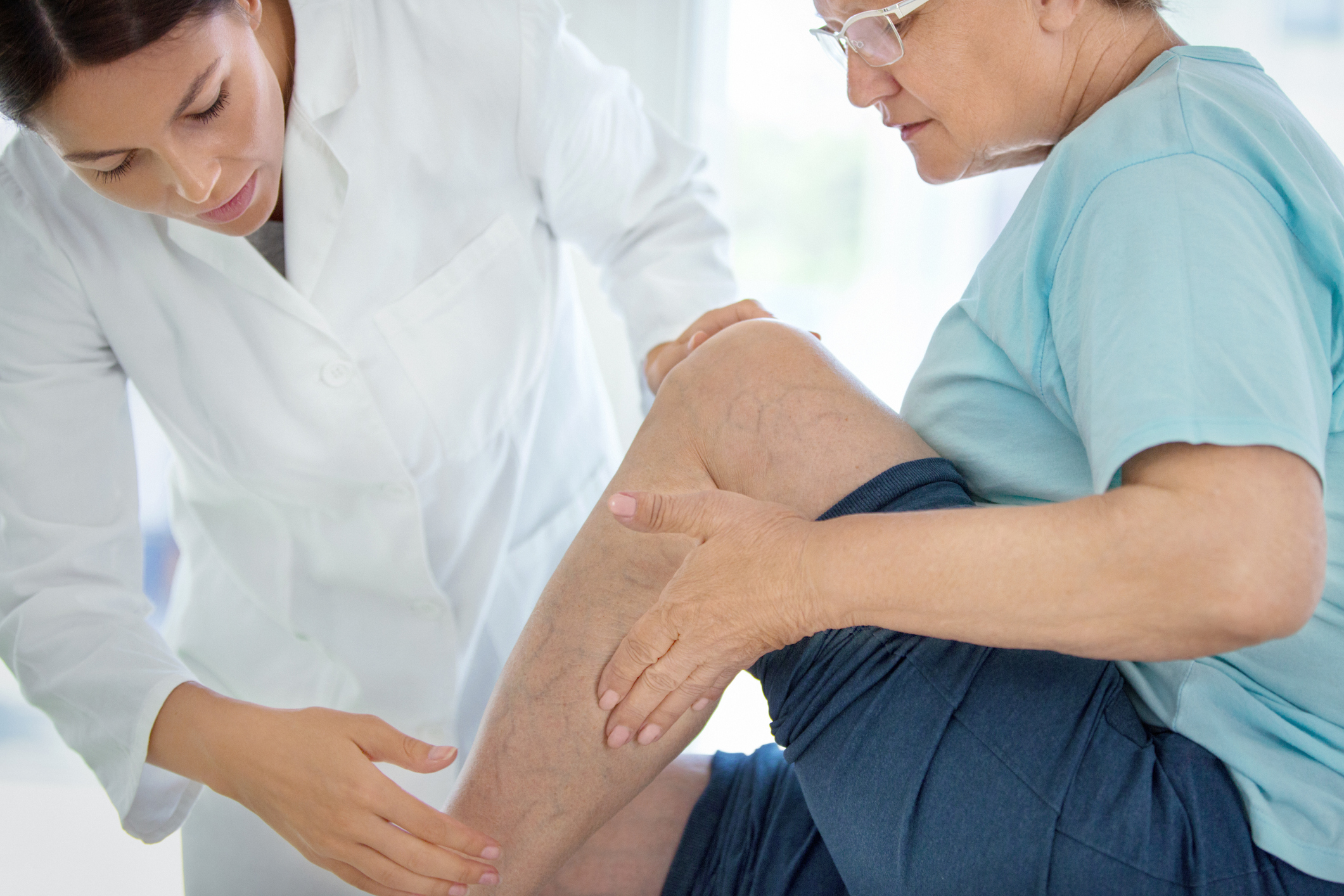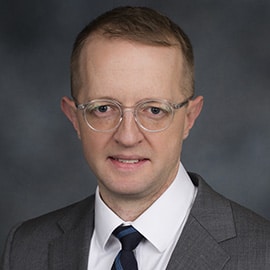
As you get older, you may start to notice varicose veins forming in your legs. According to the Society for Vascular Surgery, varicose veins affect up to 35 percent of Americans every year.
According to the National Heart, Lung and Blood Institute, varicose veins are veins that are twisted and swollen and develop under the skin, usually occurring in the legs. They can cause limitations on regular activities and get worse when you sit down or are on your feet for long periods of time. Higher blood pressure in veins can cause varicose veins.
Blood moves toward the heart through one-way valves in the veins. If a valve is harmed or weakens, blood can pool in the veins, enlarging them. This enlargement becomes more pronounced if you stand or sit for long periods of time because this causes the blood pressure in the veins to increase, the vein walls to further weaken and the valves to be further damaged.
Varicose veins are most common in women, with those over the age of 50 at higher risk. People who sit or stand for long periods of time, have an inactive lifestyle or have a family history of varicose veins are at higher risk as well.
Common symptoms of varicose veins include:
- Color changes in the skin
- Sores on the legs
- Rash
- Sensations in the legs, such as a heavy feeling, burning or itching
Treatment
Diagnosis is conducted through a physical examination. A diagnostic procedure may require a duplex ultrasound, which means two types of ultrasounds are used to check blood flow and the structure of the leg veins.
Treatment options for varicose veins may include:
- Leg elevation exercises: You may need to elevate your feet above your heart three to four times a day. If you need to stand or sit for a long time, bending your legs at times may help make it easier for your blood to circulate.
- Compression stockings: These stockings, which are made with elastic, squeeze veins to keep blood from collecting in them. They are most effective when worn daily.
- Sclerotherapy: A chemical solution is injected into the varicose veins to stop them from carrying blood, allowing other veins to pick up the work.
- Thermal ablation: Lasers may be used to treat varicose veins. A catheter with a tiny fiber inside is inserted into a varicose vein. Radiofrequency energy is used to radiate heat that obliterates the vein’s wall.
- Vein stripping: This is a surgical procedure to get rid of varicose veins.
- Microphlebectomy: This procedure involves inserting specialized tools through tiny incisions to get rid of varicose veins.
The likelihood of developing varicose veins increases with age, but you can still take steps to prevent varicose veins. These include keeping a healthy weight, putting your feet up while sitting, wearing loose clothing and avoiding long periods of sitting or standing.
UofL Physicians – Vascular Surgery and UofL Physicians – Vascular Surgery Associates have the top surgeons in the region providing comprehensive, state-of-the-art care for vascular emergencies. Call 502-587-4327 to schedule an appointment today.









